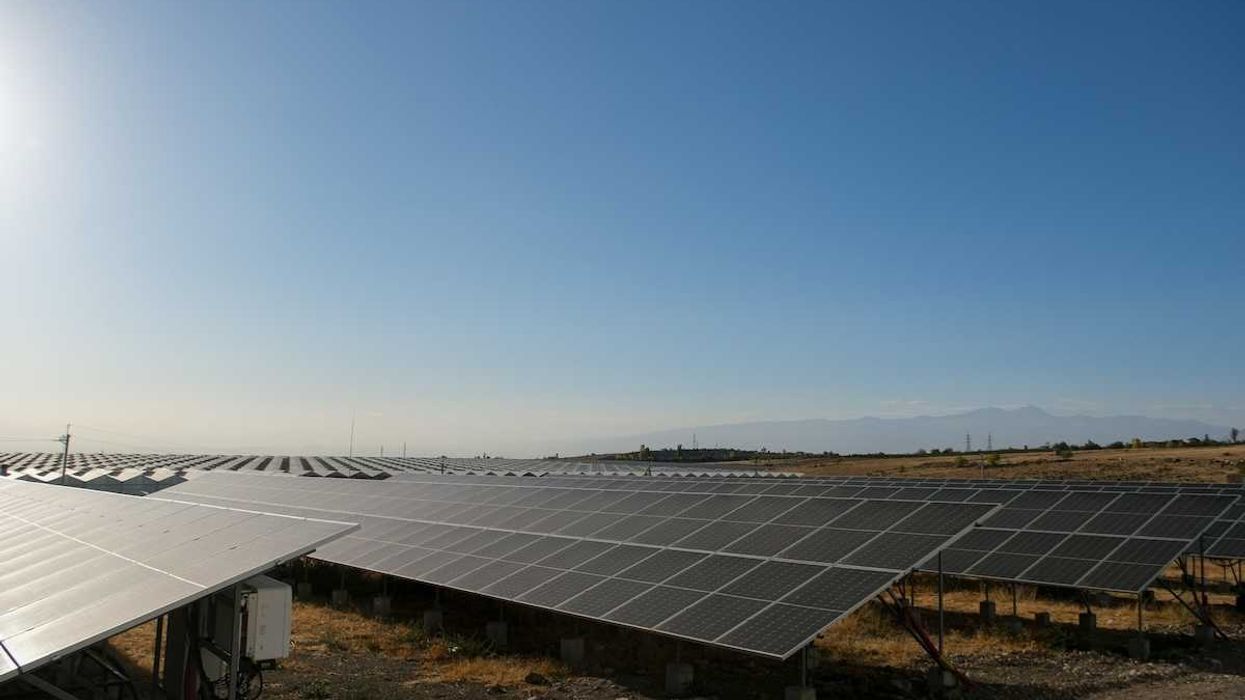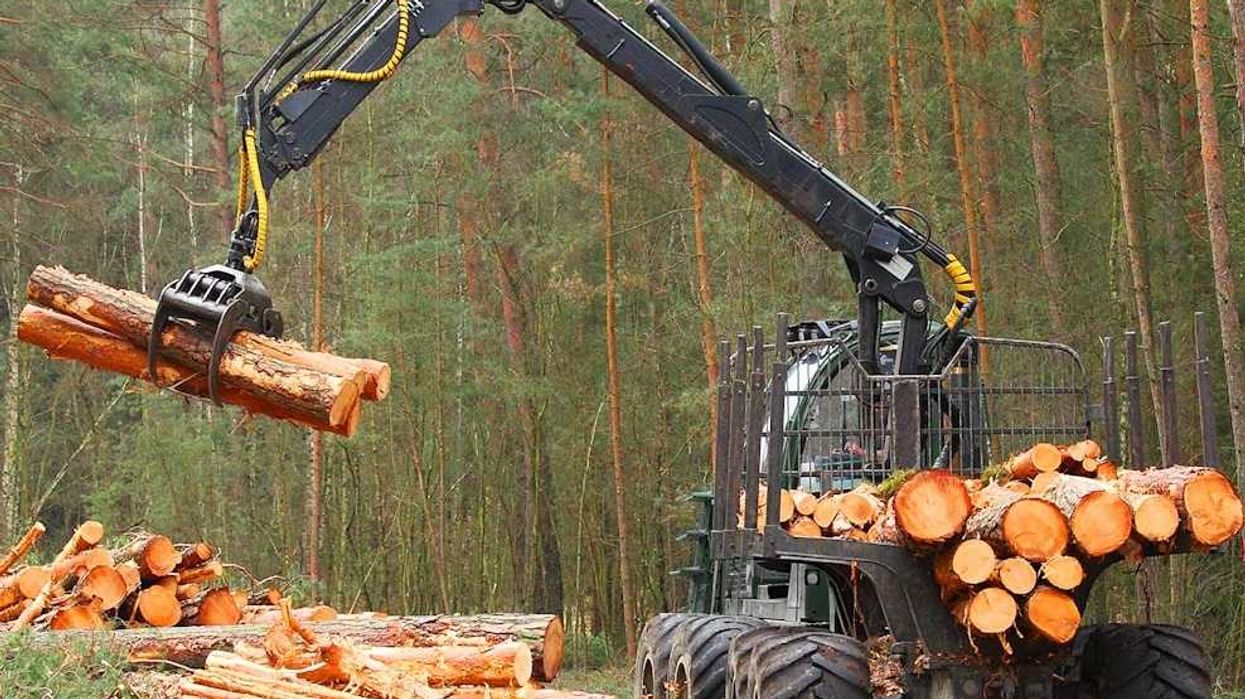New Mexico’s centuries-old acequias, communal irrigation canals vital to local farming, are struggling to adapt as climate change worsens droughts and threatens water supplies.
Lourdes Medrano reports for Undark.
In short:
- Acequias, gravity-fed irrigation canals, have sustained New Mexico farmers for generations but face declining water due to rising temperatures and drought.
- The acequia system promotes shared water use, but conflicts arise as water is increasingly treated as a commodity, bought and sold for individual profit.
- Advocates work to protect acequia traditions, seeing them as key to sustainable water management and community survival in an arid region.
Key quote:
“We have to protect the water that we have for future generations.”
— Jorge Garcia, South Valley resident
Why this matters:
As droughts intensify, preserving acequias can help recharge aquifers and maintain water supplies for both farms and communities. These ancient systems could be crucial in sustaining local agriculture amid climate instability.














